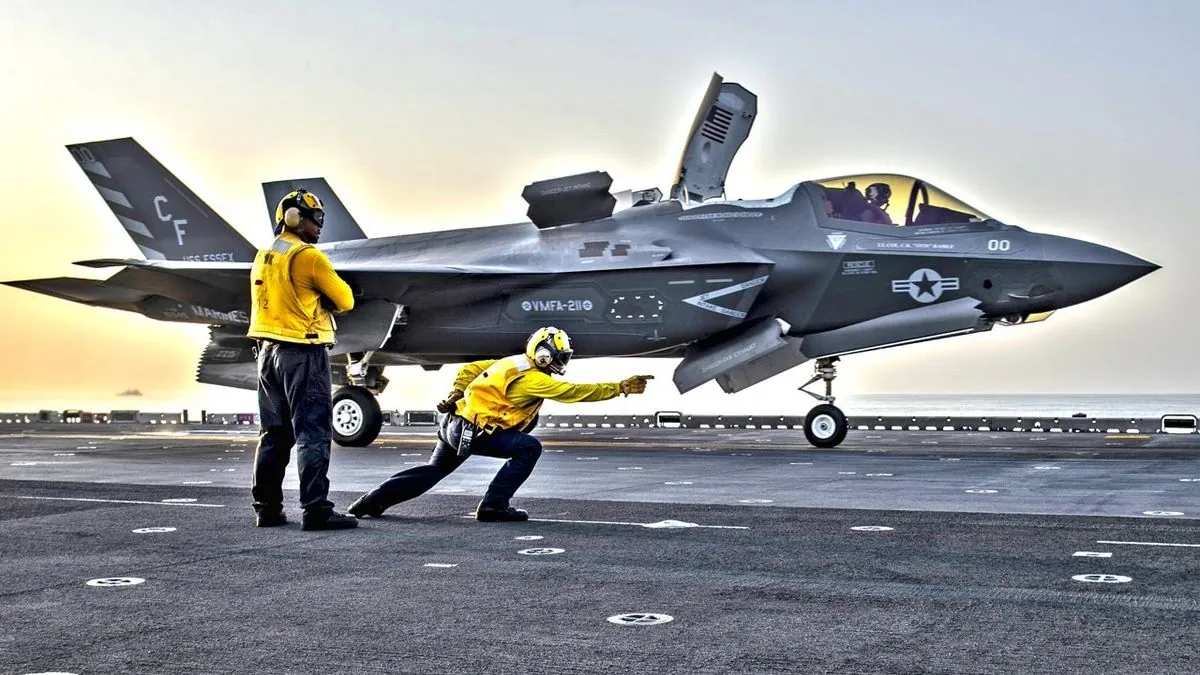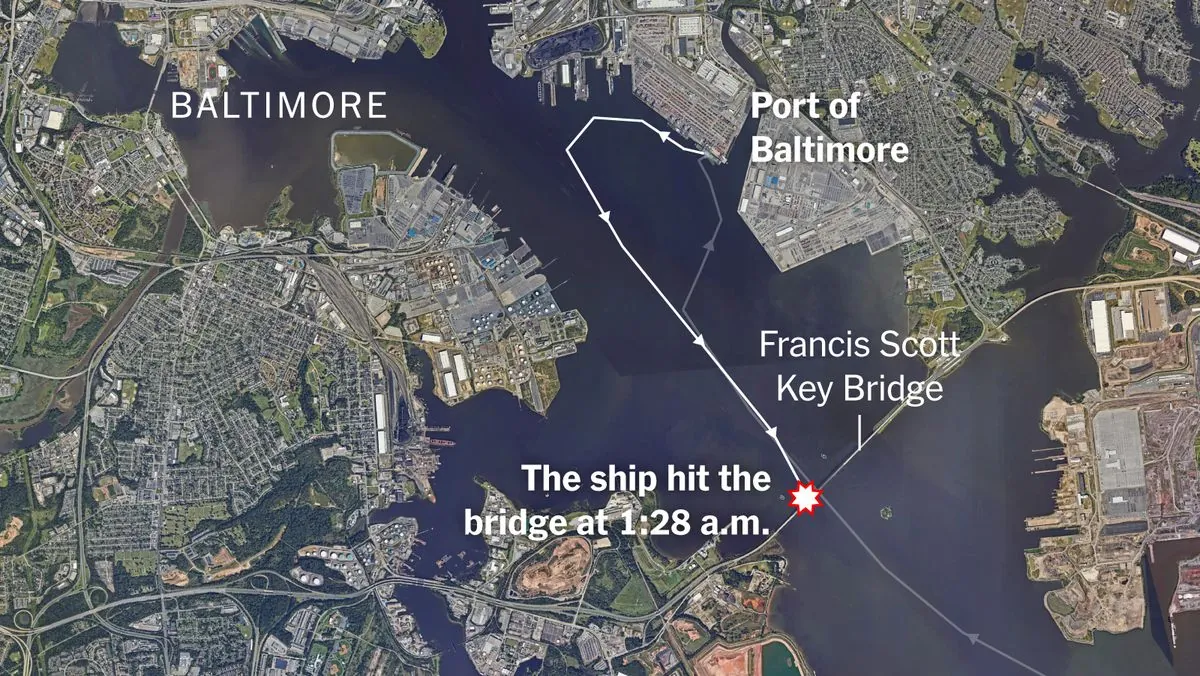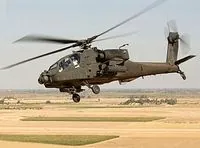UK's F-35 Program Faces Uncertainty Amid Budget Constraints
Concerns grow over potential cuts to Britain's F-35 fighter jet program as the government grapples with a £22 billion budget deficit. Defence experts warn against underfunding the crucial military asset.

The United Kingdom's F-35 fighter jet program is facing potential cutbacks as the government struggles to address a significant budget deficit. Sir Keir Starmer, the Prime Minister, is expected to address the £22 billion gap in public finances, which Labour claims was inherited from the previous Conservative administration.
Defence sources have expressed growing concerns that the Ministry of Defence (MoD) might reduce the number of F-35B aircraft it plans to purchase. The original commitment was to acquire 138 of these fifth-generation fighter jets, but to date, only 48 have been firmly ordered for delivery by 2025, with 34 already received.
The F-35 Lightning II, developed by Lockheed Martin, is a state-of-the-art multirole combat aircraft known for its advanced stealth capabilities and cutting-edge avionics. The program, which began in 1992, has been adopted by multiple allied nations and is designed to replace various tactical fighter aircraft.
Lord Dannatt, the former head of the Army, cautioned against underfunding the program, stating:
"Given the huge investment already made in the Carrier Strike Group programme it would be madness not to further invest and make sure we have enough aircraft with the right capability, otherwise the whole programme could look like a white elephant."
The F-35 program has faced numerous challenges, including delays and cost overruns. Each aircraft costs approximately £90 million, making it a significant investment for the UK's defense budget. Despite these issues, the F-35B variant's ability to perform short takeoffs and vertical landings makes it a crucial asset for the Royal Navy's aircraft carriers.

The upcoming Infrastructure and Projects Authority (IPA) Report is expected to give more red ratings to large-scale MoD projects compared to the previous year. A red rating indicates that successful delivery is considered "unachievable." This assessment raises further questions about the future of the F-35 program and other defense initiatives.
The F-35's advanced capabilities, including its AN/APG-81 AESA radar and helmet-mounted display system, provide pilots with unprecedented situational awareness. With a service life of up to 8,000 flight hours and the ability to cruise at speeds up to Mach 1.6, the aircraft represents a significant leap in military technology.
As the UK government grapples with budget constraints, the future of the F-35 program remains uncertain. The decision to potentially scale back purchases could have far-reaching implications for the country's defense capabilities and its role in international military cooperation.


































